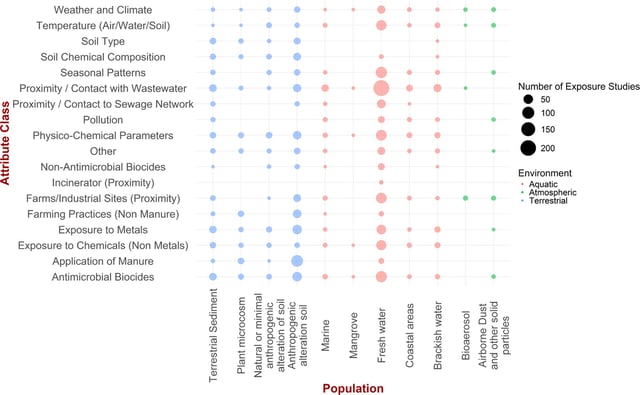Overview
- The review systematically analyzed 13,000 studies from 1990 to 2021, finding only 738 focused on rivers, fields and other non-built environments.
- Detection of antibiotic-resistant Escherichia coli and Pseudomonas was concentrated in sites contaminated by wastewater or agricultural runoff, with sulfonamide, tetracycline and beta-lactam resistance genes most frequently reported.
- Research on resistance pathways in air, marine waters and green spaces is scarce, and effects of climate change and microplastics remain largely unexplored.
- More than a third of studies originate from China and the United States, while low-income countries account for less than 1% despite facing high risk.
- Authors warn that these gaps represent a silent emergency and urge rapid, equitable global monitoring to prevent uncharted spread of resistance genes.
